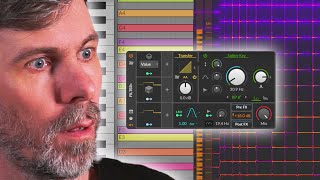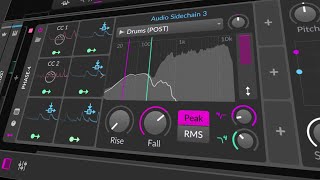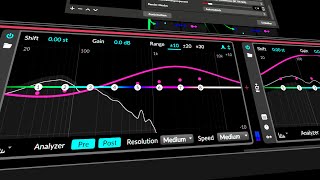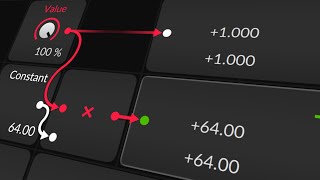
Oct 15, 2025 Tutorial
This video demonstrates how to modulate filter frequencies in Bitwig (or any modular DAW) so modulation lands on musical notes within a chosen scale, not just random frequencies, by using harmony theory and quantizers. The key insight is that most Western scales are constructed by stacking perfect fifths (seven semitones apart), so you can use a quantizer set to six steps and a modulation range of 42 semitones to achieve accurate, in-scale modulation, with an initial frequency offset depending on your root note. This method provides a musically meaningful way to randomize your sound design while always staying within your chosen key, and is applicable to any environment that allows semitone-based modulation.

Feb 21, 2024 Tutorial
In this video, I explore using envelope followers in Bitwig Studio to add dynamic modulation to a bass sound based on the amplitude of drums. I demonstrate various techniques such as using audio side chain modulators, working with audio rate modulators, and utilizing the FX grid for more precise control. These methods allow for creative sound design and can bring life and movement to otherwise static loops.

Feb 12, 2024 Tutorial
In this video, I demonstrate creative ideas for using the EQ inside Bitwig Studio. By utilizing the FX grid and voice stacking, I show how to apply polyphonic modulations to the EQ Plus. This technique allows for unique waveforms, modulation offsets, and the ability to sequence and morph between EQ settings.

Jan 31, 2024 Tutorial
In this video, I discuss modulation amounts and signals in Bitwig Studio. I explain how modulation typically operates between zero and plus or minus one, but you can exceed this range using certain modulators. I also demonstrate how adjusting a constant value can define the endpoint of modulation without needing to enter the modulation mode.



